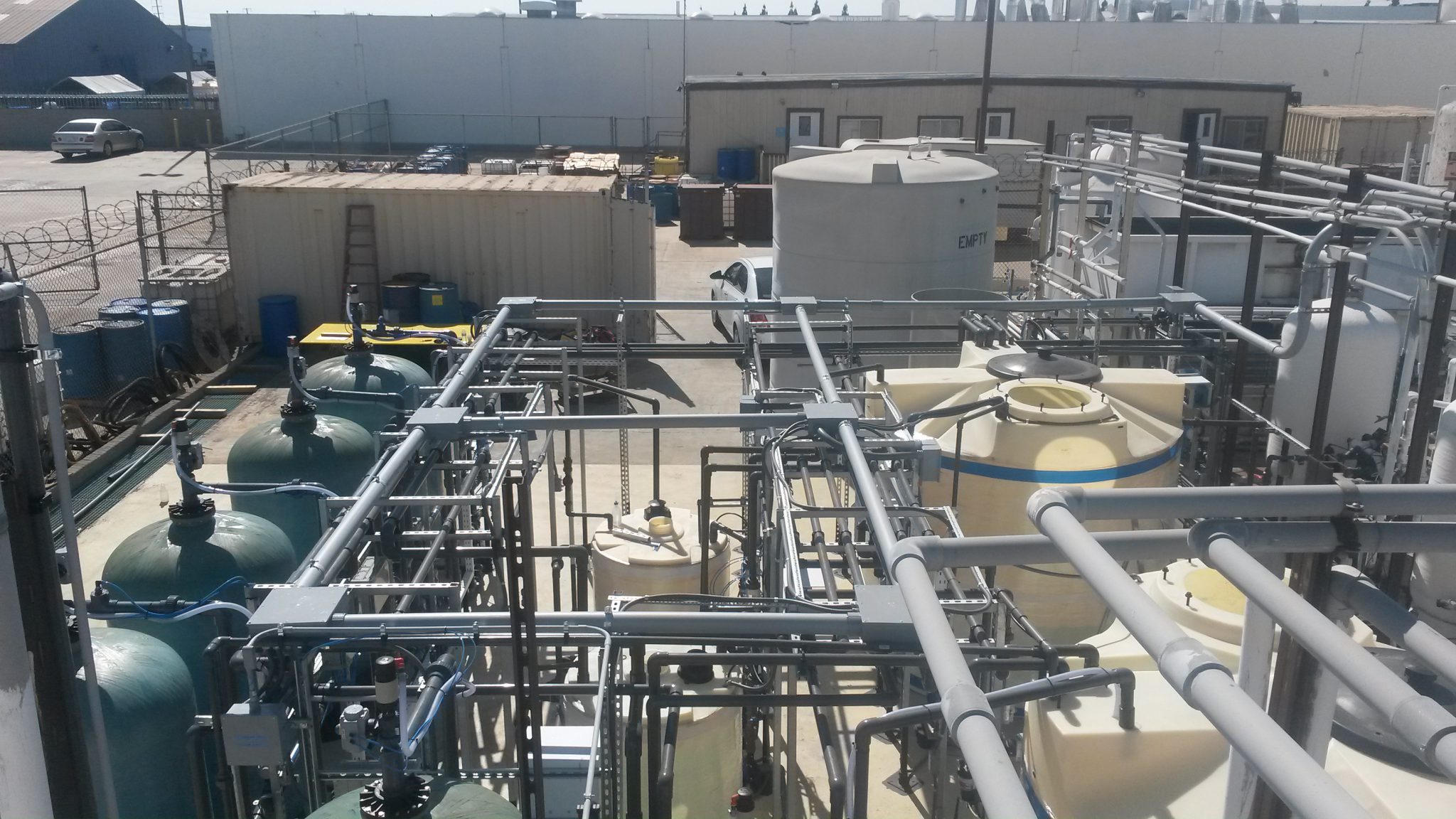A Better Way to Handle Cyanide Removal from Contaminated Water
Cyanide contamination in water is a widespread and serious issue. It’s incredibly toxic, with acceptable cyanide levels in water being as low as 0.2 parts per million. Anything higher than that poses the risk of adverse health effects.
Cyanide can occur naturally in a variety of bacteria and algae and is even present in small amounts in some fruit seeds like apples.
However, the main cause of concern for cyanide contamination in water is mining and other industrial operations. Cyanide is used in a variety of metallurgical processes and can find its way into water sources through runoff and discharge.
Cost-Effective and Eco-Friendly Cyanide Removal
TOXSORB by WFI Group provides an effective solution for cyanide removal from water and wastewater sources, based on a unique technology that has several key advantages
over conventional treatment methods. There are no chemical additives required for the process, eliminating materials costs and the need for chemical handling.
Reach Non-Detection Levels Affordably and Sustainably
The process relies on a proprietary Modified Activated Carbon (MAC) NP2 technology that safely destroys cyanide through oxidation. The unique media used in the process serves as a catalyst for the oxidation of cyanide with atmospheric oxygen. That means the only input required is regular air. The simple reaction converts oxygen and cyanide to carbon dioxide, nitrogen gas, and water, achieving complete detoxification, resulting in zero brine.
Counter-flow aeration provides air to a non-saturated media bed that the influent passes through. This process delivers exceptional cyanide removal while maintaining low retention times of just 3-5 minutes per 90% decrease in CN concentration. For water treatment facilities, that means they get effective cyanide destruction without high operational expenses.


Targeting the cyanide by automatically filtering water via the MAC NP-2 technology, TOXSORB is able to capture the modified carbon with a strong affinity to the cyanide, catching it within the filter, breaking strong cyanide complexes and adsorbing them achieving non-detect levels, providing an incredibly clean source of safe water for drinking and other purposes. It lets facilities do so reliably without the need for additional chemicals and other unnecessary expenses.
The introduction of atmospheric oxygen combined with the MAC NP2 technology allows for effective catalyzed oxidation, providing complete detoxification. The system breaks even strong cyanide complexes, reducing their levels below the detection threshold.
Impressive cyanide removal can be achieved with only minimal retention times for influents with an extensive range of cyanide concentrations.
TOXSORB Performance Data
Table 1 shows estimated removal rates for different retention times and influent concentrations

This unique process delivers sustainable, cost-effective, and safe cyanide removal for both municipal and industrial water. Any organization in need of truly reliable cyanide removal should consider the TOXSORB solution with its game-changing technology and straightforward process.
Frequently Asked Questions About Cyanide Removal
What Is Cyanide?
Cyanide is a chemical that consists of carbon and nitrogen. It is present in many different compounds. This includes cyanide salts, which can be dissolved in water and are the primary source of cyanide contamination.
What Does Cyanide Do to Humans?
Cyanide poisoning can lead to death in serious cases. Very small doses can cause headaches, dizziness, and other symptoms. In larger amounts, cyanide affects the respiratory system and can cause convulsions, cardiac arrest, and other potentially lethal effects.
Where Is Cyanide Found?
Small amounts of cyanide are found in a variety of common foods. Industrial processes are a more common source of cyanide, where it is used for a variety of purposes and can be found in effluents and discharges.
Is The TOXSORB Technology Approved?
Yes, the MAC NP2 technology is fully approved and recognized by health authorities in both the United States and Israel.
What Are TOXSORB’s Solution Retention Times?
TOXSORB typically achieves 90% successive decreases in CN concentrations with retention times of just 3 to 5 minutes.
Does TOXSORB Increase Salinity?
No. TOXSORB does not rely on the chemical additives that other cyanide removal processes do. This means that treated water does not contain salt waste products that would require additional equipment and operating costs to remove.
What Does Cyanide Do to the Body?
Over time, even lower levels of cyanide exposure can cause significant harm. It results in a lasting increase in the level of cyanide in the blood. The long-term effects of this can include paralysis and lesions, along with liver and kidney damage.
What Does Cyanide Look Like?
You won’t be able to visually identify water that has been contaminated with cyanide. It is also clear in its gaseous form. Cyanide salts are white in color but can’t be seen when dissolved in water.
Why Is Cyanide So Fast Acting?
Cyanide is unlike many poisons in that it is a very simple molecule. It’s just one carbon and one nitrogen atom. This means that it is very small and easily distributed throughout the body. Once inside, they affect an essential part of cellular respiration that leads to rapid death when lethal doses are used.
How Much Cyanide Is Fatal?
A lethal dose of cyanide is incredibly small. While it varies from person to person, the amount can range from 1 to 3 mg of cyanide per kg of body weight. That means a 70kg (154lb) man would need to ingest just 70mg of cyanide for a potentially lethal dose.



